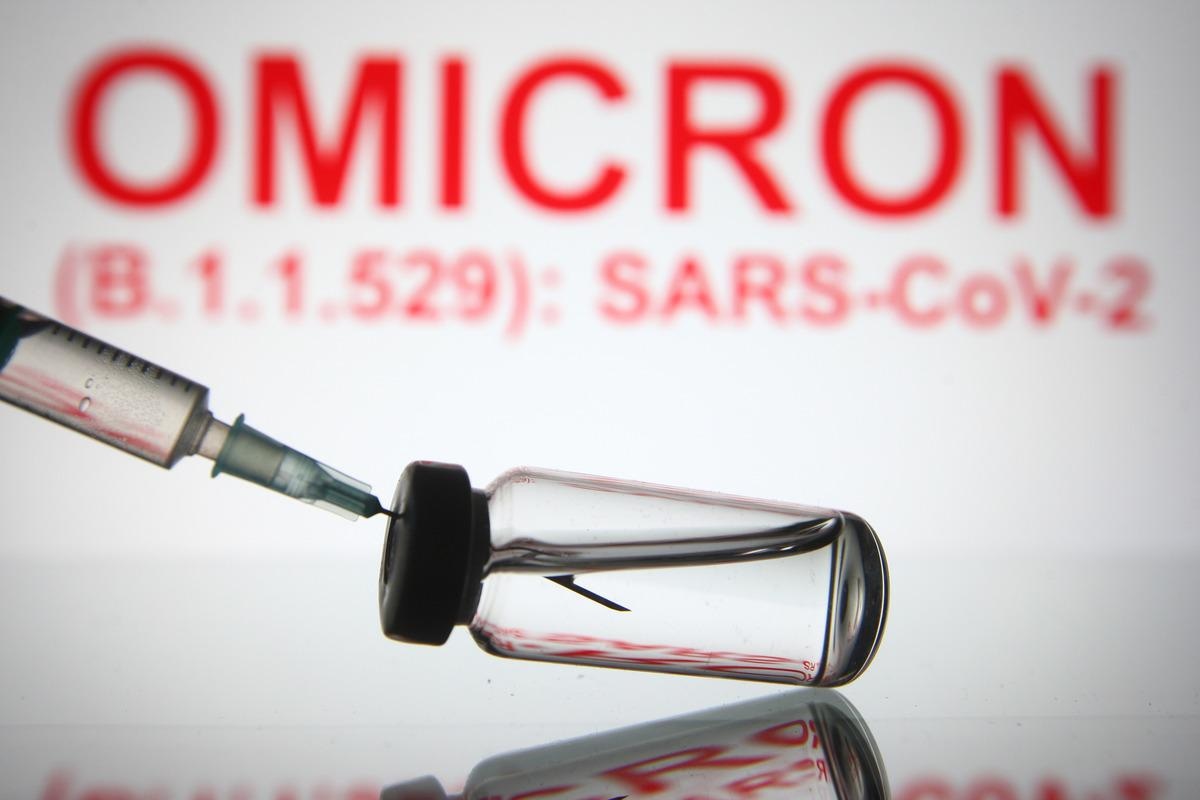In a recent study posted to the medRxiv* preprint server, the researchers analyzed the association between viral loads in severe acute respiratory syndrome coronavirus 2 (SARS-CoV-2) Omicron variant infection and vaccination history.
 Study: Similar viral loads in Omicron infections regardless of vaccination status. Image Credit: viewimage/Shutterstock
Study: Similar viral loads in Omicron infections regardless of vaccination status. Image Credit: viewimage/Shutterstock

 *Important notice: medRxiv publishes preliminary scientific reports that are not peer-reviewed and, therefore, should not be regarded as conclusive, guide clinical practice/health-related behavior, or treated as established information.
*Important notice: medRxiv publishes preliminary scientific reports that are not peer-reviewed and, therefore, should not be regarded as conclusive, guide clinical practice/health-related behavior, or treated as established information.
Various studies have reported the rising number of breakthrough cases of SARS-CoV-2 Omicron infection. Hence, it is essential to understand the viral load present post breakthrough infections to ascertain the appropriate measures to control transmission and develop public health measures.
About the study
The present study assessed the correlation between the viral loads detected in SARS-CoV-2 Omicron BA.1 and BA.2 sublineage infections and vaccination status.
The team performed SARS-CoV-2 detection tests on samples obtained between 10 January and 7 April 2022. The diagnostic platforms employed in the present study included coronavirus disease 2019 (COVID-19) reverse transcription-polymerase chain reaction (RT-PCR), the FilmArray respiratory panel 79 2.1 test, the Xpert Xpress SARS-CoV-2 test, and the Lumipulse antigen test. These tests were performed on nasopharyngeal swabs collected from infected patients.
One-step quantitative RT-PCR (RT-qPCR) was conducted to detect the presence of SARS-CoV-2 to amplify the levels of the SARS-CoV-2 nucleocapsid (N) gene. The team used the human ribonuclease P protein subunit p30 (RPP30) gene as the internal positive control.
Whole-genome sequencing (WGS) was performed by reverse transcribing the SARS-CoV-2 genomic ribonucleic acid (RNA) into complementary DNA (cDNA), which was subsequently amplified. Furthermore, the TaqMan assay was conducted to detect the SARS-CoV-2 spike proteins in SARS-CoV-2-positive samples.
Results
The study results showed that 611 patients tested SARS-CoV-2 positive from 10 January to 7 April 2022. Among the eligible participants, 199 were unvaccinated, 370 received two vaccine doses, and 42 received three. The median ages for the unvaccinated, two-dose, and the three-dose group were 14, 44, and 48 years, respectively. Notably, the vaccination status was consistent with the age of the vaccinees as older individuals were preferred for the administration of the third dose.
WGS or the TaqMan assay showed that among the total number of participants, 453 were infected with SARS-CoV-2 Omicron BA.1.1 while 158 had BA.2. Among those who had received their third dose, 15.2% had BA.2 while only 4% had BA.1.1 infection. Overall, this indicated that BA.2 could cause breakthrough infections more often than BA.1.1 in boosted individuals.
RT-qPCR showed that the mean viral loads ± standard deviation (SD) among individuals infected with BA.1.1 and BA.2 were 5.3 ± 1.4 and 5.4 ± 1.6 in unvaccinated persons, 5.4 ± 1.5 and 5.8 ± 1.5 in the two-dose group, and 4.6 ± 1.7 and 5.5 ± 1.7 in the three-dose group, respectively. Furthermore, the mean cycle thresholds (Ct) ± SD in the BA.1.1 and BA.2-infected individuals were 20.5 ± 5.1 and 19.9 ± 5.6 in the unvaccinated group, 20.2 ± 5.1 and 18.4 ± 5.0 in the two-dose group, and 22.5 ± 5.7 and 19.9 ± 6.0 in the three-dose group, respectively. Notably, no substantial differences were found in the viral load or Ct levels among infected individuals with different vaccination histories.
Moreover, the team assessed the correlation between viral load and age. For individuals infected with the BA.1.1 and BA.2 variants, the correlation coefficients between viral load and age were -0.023 and 0.129 for the unvaccinated, -0.055 and -0.084 for the two-dose group, and -0.189 and 0.189 for the three-dose group, respectively.
Also, the correlation coefficients between Ct value and age for individuals infected with BA.1.1 and BA.2 were 0.017 and -0.122 for the unvaccinated, 0.058 and 0.095 for the two-dose group, and 0.195 and -0.159 for the three-dose group, respectively. This indicated that there was no significant correlation between viral load and age, irrespective of one’s vaccination history.
Conclusion
The study findings showed that SARS-CoV-2 Omicron-infected individuals could produce and transmit the infectious virus even after receiving the booster vaccine dose. The researchers believe that isolating patients diagnosed with a breakthrough infection could significantly help curb the spread of COVID-19.

 *Important notice: medRxiv publishes preliminary scientific reports that are not peer-reviewed and, therefore, should not be regarded as conclusive, guide clinical practice/health-related behavior, or treated as established information.
*Important notice: medRxiv publishes preliminary scientific reports that are not peer-reviewed and, therefore, should not be regarded as conclusive, guide clinical practice/health-related behavior, or treated as established information.